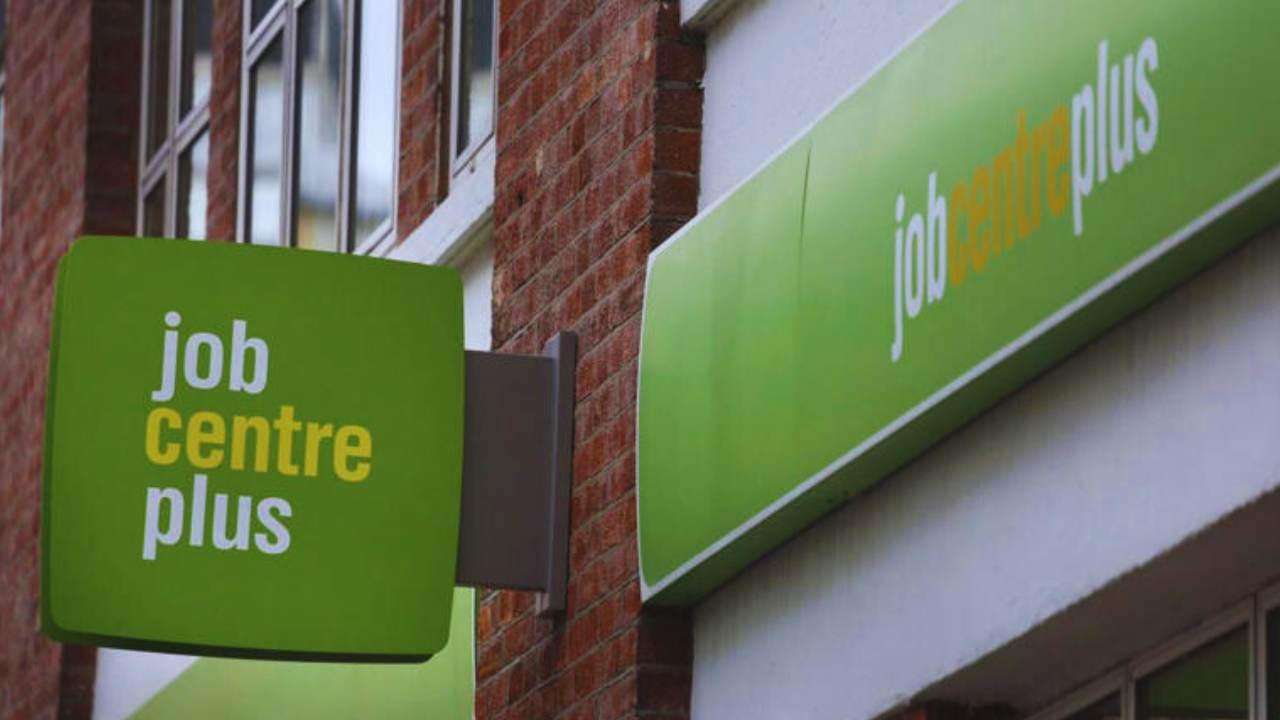Unemployment in the UK rose to 4.7% in the three months to May — the highest level since the Covid pandemic in 2021 — according to data released on Monday.
London recorded the highest regional unemployment rate at 6.2%, while Northern Ireland had the lowest at 2.1%, figures from the Office for National Statistics (ONS) show. The national rate increased from 4.6% in the three months to April, with job vacancies falling by 56,000 to 727,000 between April and June 2025.
Average wage growth (excluding bonuses) also slowed to 5% during the period to May — its lowest pace in nearly three years.
Unemployment refers to people who are jobless, have actively looked for work in the past four weeks, and are available to start within two weeks.
This week’s jobs data presents more challenges for Chancellor Rachel Reeves, who is attending the G20 summit in Durban while the government tries to boost economic growth. Inflation hit an 18-month high of 3.6% in June, up from 3.4% in May.
The figures add to signs of strain in the UK labour market, just days after the Bank of England signalled it could make deeper interest rate cuts if the job market weakens further.
In London — despite remaining the region with the highest unemployment — the rate fell slightly by 0.4 percentage points compared to the three months to February. Over the past two years, unemployment in London’s inner boroughs has risen more sharply than elsewhere in England, according to Trust for London.
Since before the Covid pandemic in 2019, over 200,000 more working-age Londoners are claiming unemployment benefits, a recent report highlighted.
After London, the West Midlands had the second highest unemployment rate at 5.7%, followed by the East Midlands at 5%. The West Midlands’ rate rose by 1.3 points and the East Midlands by 0.6 points compared to the previous quarter.
The North West and Yorkshire & Humber both recorded unemployment rates of 4.9%, increasing by one and 0.7 points respectively. In the East of England, unemployment edged up 0.2 points to 4.8%.
The North East and Wales both posted a 4.4% jobless rate, with declines of 0.3 and 0.4 points respectively.
In the South East, unemployment held steady at 3.9%, while in Scotland it fell by 0.5 points to 3.7%. The South West maintained one of the lowest rates at 3.4%.
The rise in UK unemployment was steeper than economists had expected, as many forecast the rate would stay at 4.6%.
The pressure on the labour market coincides with higher costs for employers, including increases to national insurance contributions and the national minimum wage in April. National insurance rose from 13.8% to 15%, while the earnings threshold was lowered from £9,100 to £5,000. The national living wage also increased from £11.44 to £12.21 per hour.
Businesses are also grappling with growing economic uncertainty, partly due to heightened global trade tensions after US President Donald Trump introduced a new tariff regime in April.








.svg)


